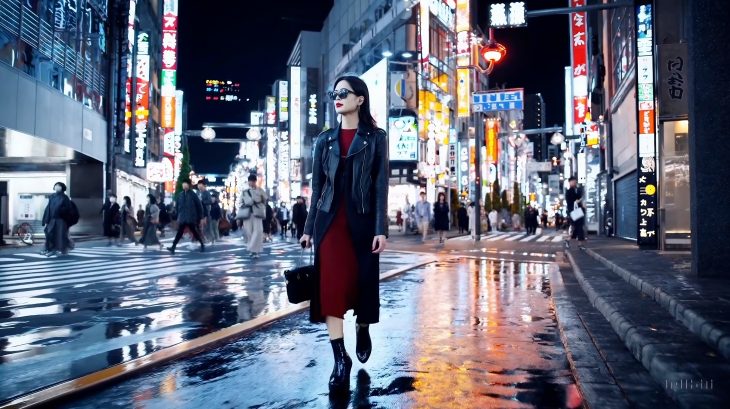OpenAI has once again made headlines by unveiling a cutting-edge artificial intelligence tool capable of generating hyper-realistic videos. This marks a significant move into the entertainment industry, potentially revolutionizing the way content is created and impacting labor within the sector. The technology, which can produce complex scenes with multiple characters and various types of shots, has demonstrated both the capabilities and limitations of current AI in video production.
The Technology Unveiled
The generative AI system, introduced by OpenAI, is designed to respond to brief text prompts by creating short videos that include detailed backgrounds and character interactions. Demonstrations of the technology showcased its ability to generate content quickly, though not without some inconsistencies. This development is part of a broader trend of AI integration into creative processes, raising questions about the future of human labor in the entertainment industry.
A recent study involving Hollywood leaders highlighted concerns over AI’s potential to automate tasks traditionally performed by humans, including sound engineering, voice acting, and concept art. With an estimated 204,000 positions at risk over the next three years, professionals in the industry are facing uncertainty. Artists like Karla Ortiz and Reid Southen have expressed alarm at the rapid advancement of technology that could replace human creativity and skill, signaling a critical juncture for unions and workers in creative fields.
OpenAI’s Sora: Capabilities and Limitations
Sora, OpenAI’s advanced video generation tool, represents a leap forward in AI’s ability to produce visually consistent content. Unlike previous AI video generators, Sora can create longer sequences with a variety of shots while maintaining quality. However, challenges remain, including issues with physics simulation and spatial details, which OpenAI has acknowledged. The company has also committed to conducting safety testing and seeking feedback from a range of experts before public release.
The training materials used to develop Sora and similar AI tools have been a subject of controversy, with OpenAI facing lawsuits over the alleged use of copyrighted content. This issue underscores the broader ethical and legal challenges of AI development, particularly as it relates to intellectual property and the potential for misuse. OpenAI’s efforts to detect misleading content and enforce usage policies are steps toward addressing these concerns, but the debate over AI’s impact on copyright and creativity continues.
OpenAI’s foray into Hollywood with its video creation tool Sora highlights the disruptive potential of artificial intelligence in the entertainment industry. While offering new possibilities for content creation, it also poses significant challenges to traditional labor roles and raises ethical questions about the use of copyrighted material in AI training. As the technology evolves, the industry must navigate the complex interplay between innovation and the protection of human creativity and rights.


